20 Red Flags At Chinese Restaurants You Should Never Ignore
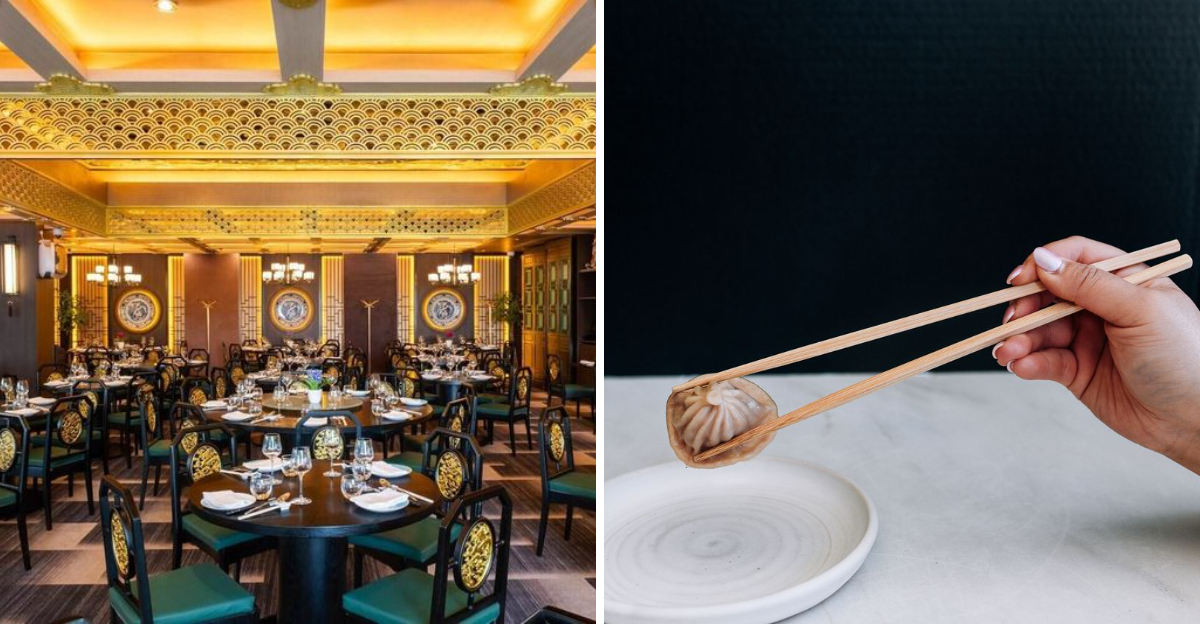
Exploring a new Chinese restaurant can be a delightful culinary adventure. However, certain red flags should never be ignored, as they can impact the quality and authenticity of the dining experience. From sticky menus to lack of familiar aromas, these signs serve as indicators of what might be lacking behind the scenes. In this article, we’ll address 20 specific warning signs that may suggest the restaurant doesn’t meet authentic or hygienic standards.
1. Sticky or Dirty Menus
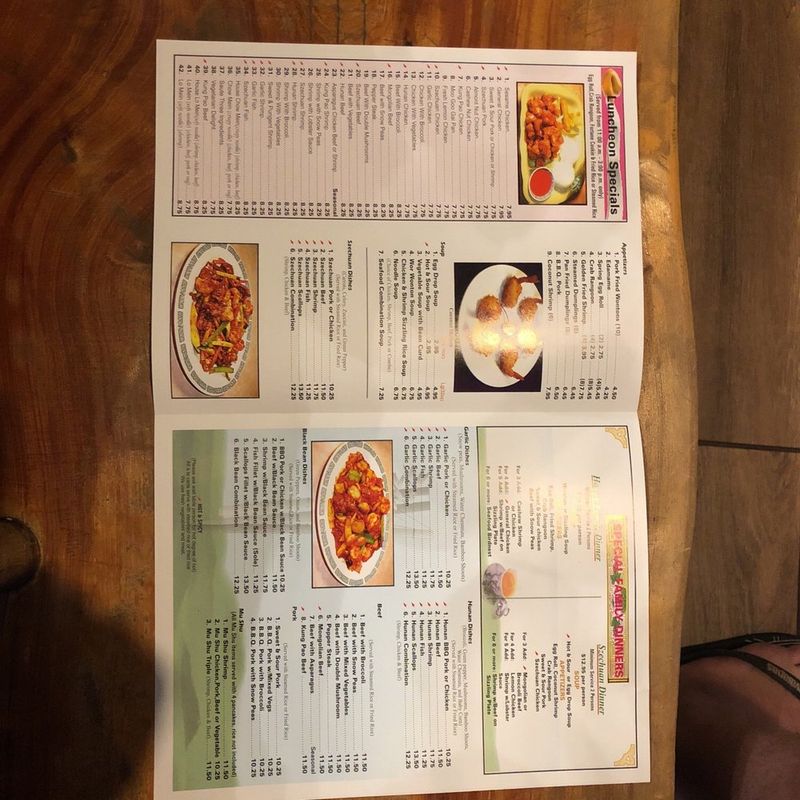
Sticky menus can be more than just annoying. They may indicate a broader issue with cleanliness throughout the restaurant. When a menu is greasy or stained, it’s often a sign of neglect.
Attention to detail is crucial in maintaining a clean dining environment, and dirty menus may reflect a lack of care in other areas. This can affect not only the ambiance but also the quality of food preparation, raising questions about hygiene.
For those seeking an authentic dining experience, clean and well-maintained menus are an essential baseline.
2. An Overly Long, Unfocused Menu
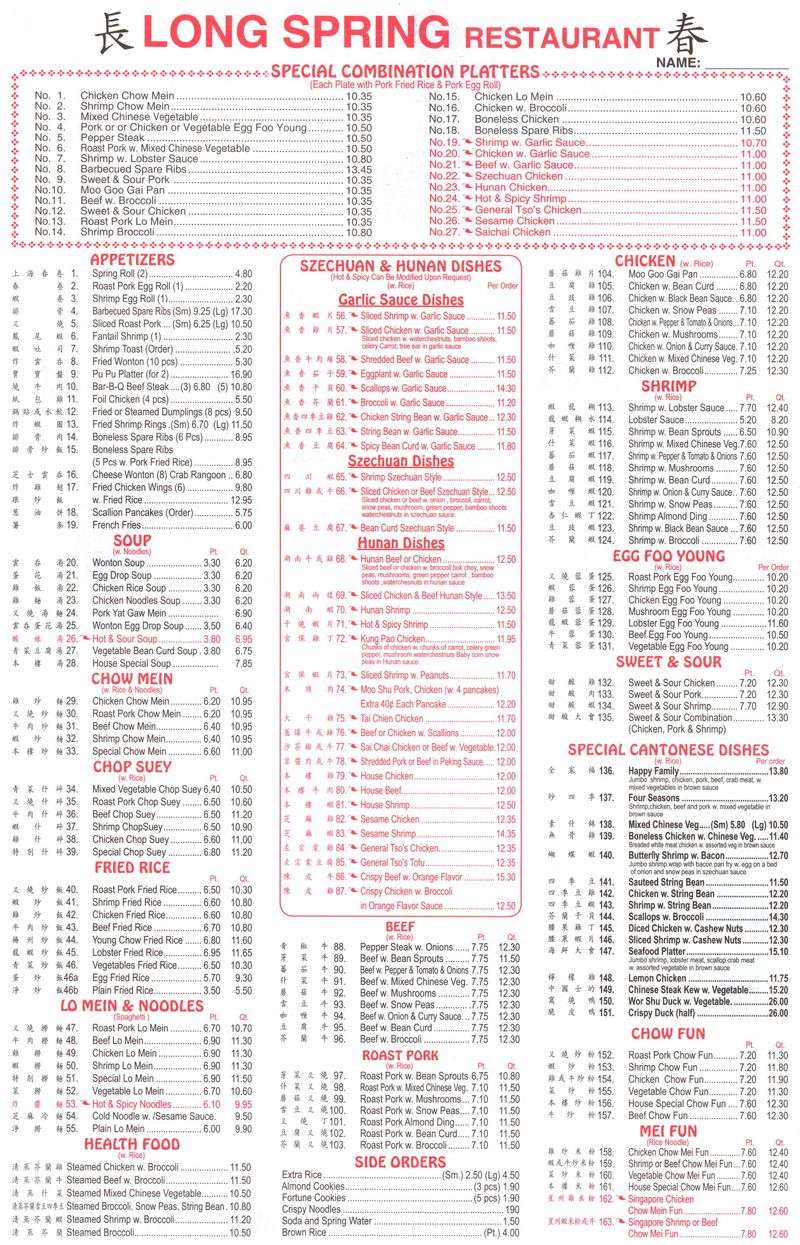
An extensive menu might seem like a good thing. However, it often suggests that the restaurant relies on frozen or pre-packaged food instead of freshly prepared dishes.
When a menu has too many items, it’s challenging to maintain quality and consistency across all offerings. This can lead to a lackluster dining experience where dishes feel generic or uninspired.
For diners who appreciate fresh, authentic flavors, a concise menu is usually a more reliable indicator of culinary expertise and attention to quality.
3. Photos of Every Dish
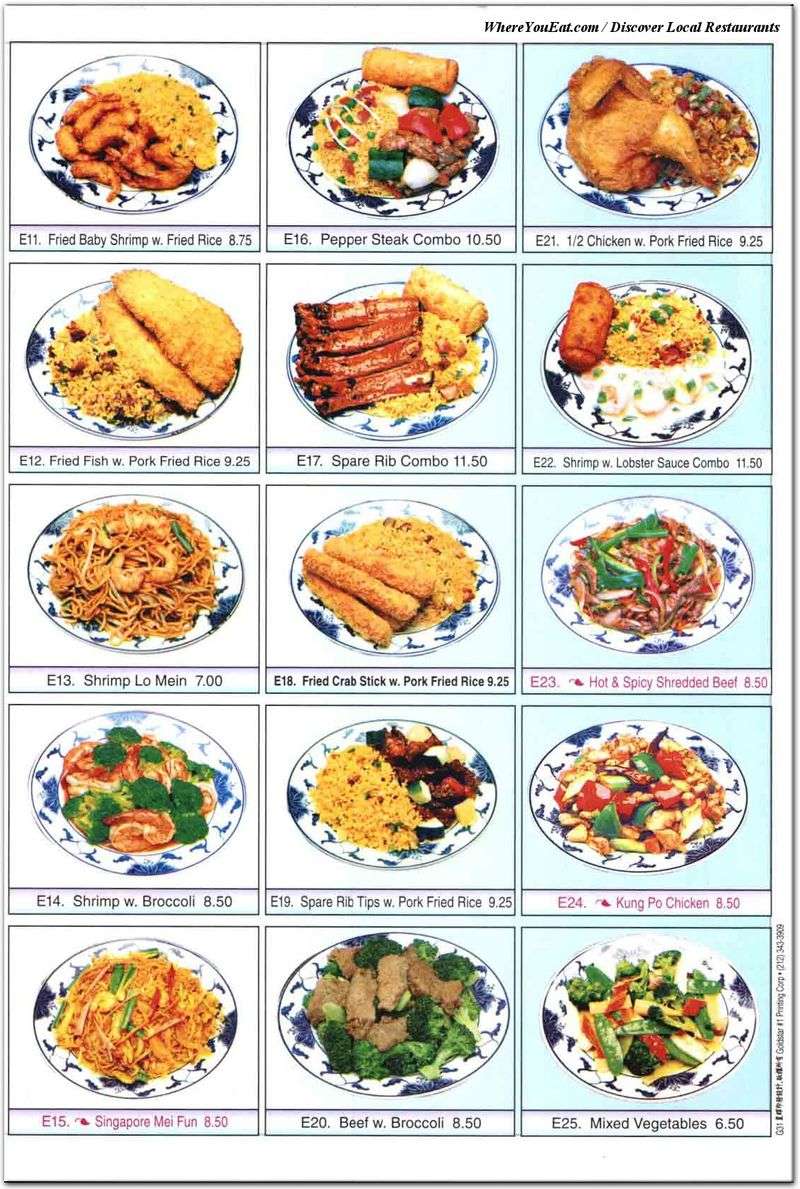
While some photos on a menu can be helpful, an excessive number indicates mass-produced meals aimed at tourists. Such an approach might suggest a focus on style over substance.
Restaurants that rely heavily on images may not prioritize authentic flavors or preparation methods. Instead, they cater to visual appeal, potentially at the expense of taste.
To find a restaurant committed to quality, look for menus that balance imagery with detailed, thoughtful descriptions of their dishes.
4. Lack of Aromas from the Kitchen
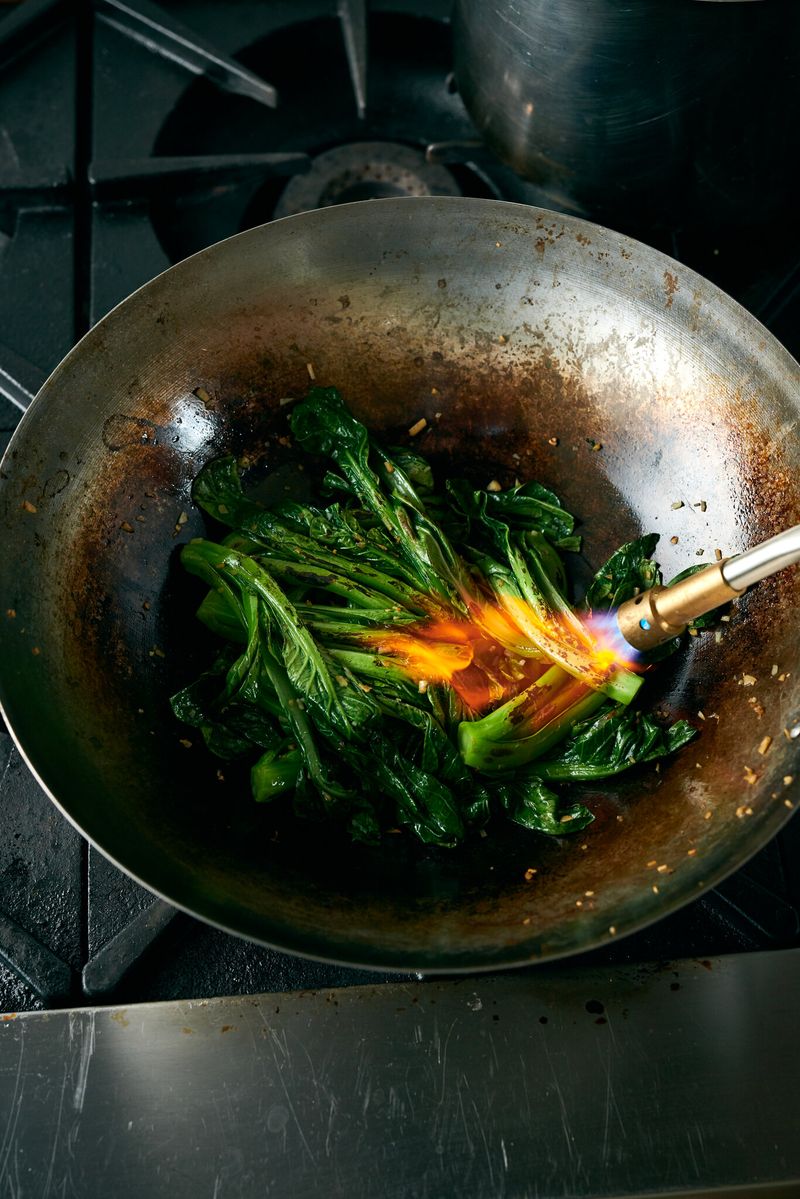
An inviting Chinese restaurant should be filled with tantalizing aromas like garlic, ginger, and soy sauce. When these scents are absent, it can be a red flag.
The lack of aromas might indicate that the food isn’t freshly prepared or that the kitchen isn’t operating with the vibrancy expected in a traditional setting.
For those seeking a genuine dining experience, the presence of rich, savory scents is a promising sign of authentic cooking techniques and fresh ingredients at work.
5. No Wok Hei in Stir-Fry
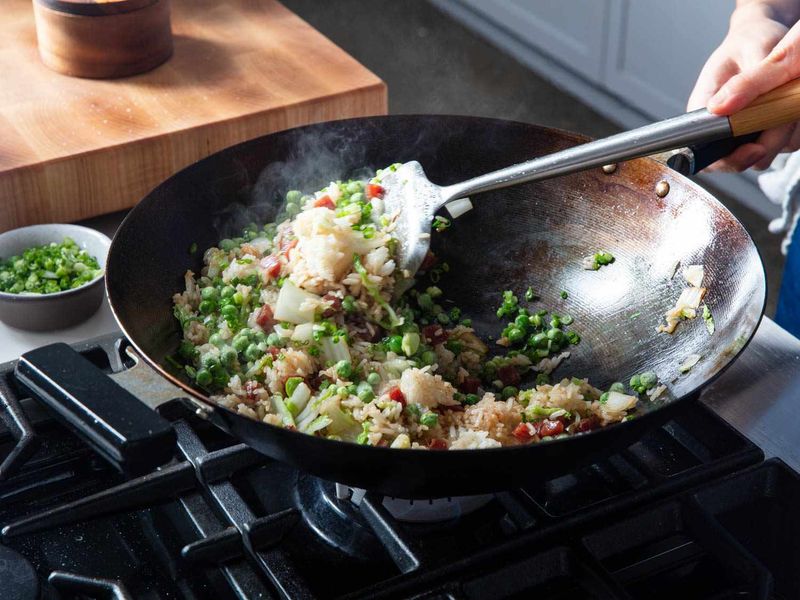
Wok hei, or the ‘breath of the wok,’ is crucial for authentic stir-fry. It refers to the smoky depth achieved by high-heat cooking.
If a stir-fry lacks this characteristic, it might mean the chef isn’t using proper techniques or high enough heat. This can result in a dish that tastes flat and lacks complexity.
For connoisseurs of authentic Chinese cuisine, wok hei is a hallmark of skillful cooking, and its absence can significantly diminish the dining experience.
6. Bright Red Sweet and Sour Sauce

If the sweet and sour sauce appears unnaturally bright, it might be full of artificial coloring. Authentic sweet and sour sauces are made from scratch and have a more subdued hue.
The use of such vivid colors may signify a reliance on industrial ingredients rather than traditional recipes. This can affect both the flavor and nutritional value of the dish.
Diners seeking genuine Chinese cuisine should be wary of overly flashy presentations that might mask a lack of substance or authenticity.
7. No Asian Diners Present
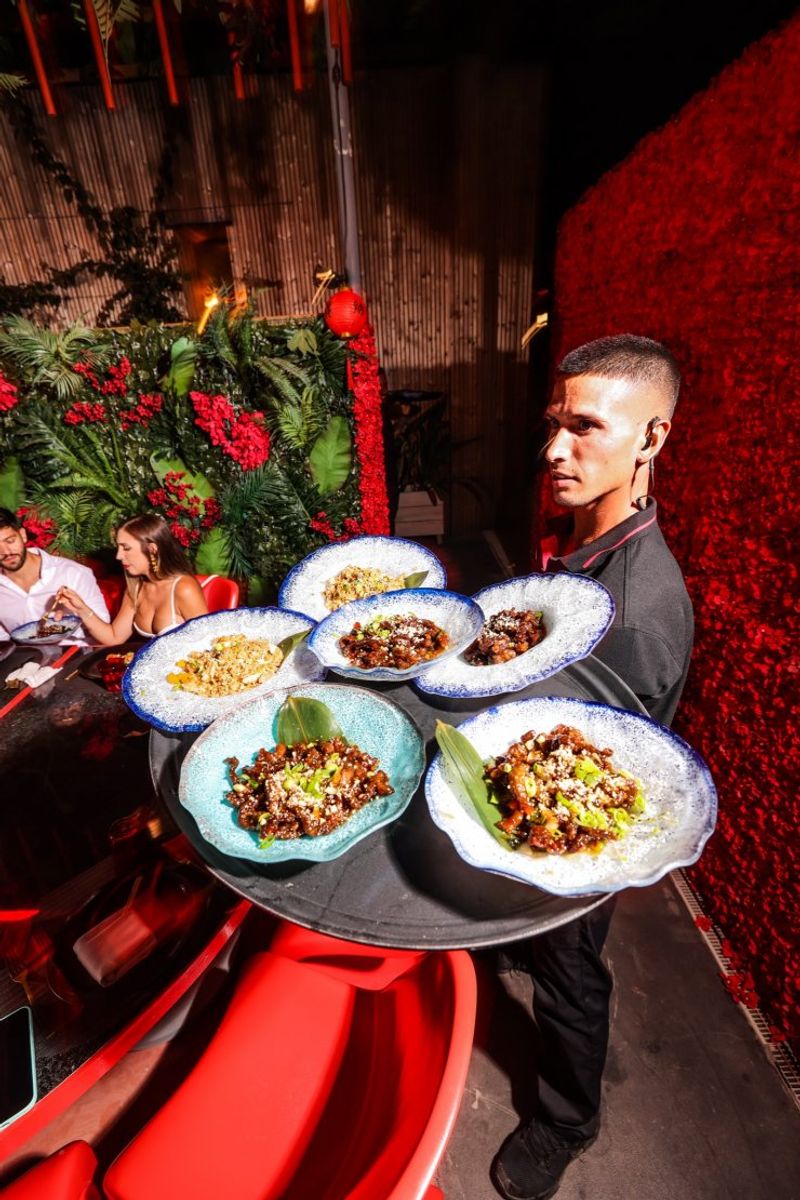
In a densely populated area, the absence of Asian diners might suggest that the food lacks authenticity. Local patrons often seek out genuine dishes that resonate with familiar flavors.
Without a diverse clientele, a restaurant may cater primarily to tourist tastes, potentially compromising traditional cooking methods. This can result in a menu that lacks regional diversity.
For those in search of an authentic experience, observing the demographic of diners can offer valuable insights into the restaurant’s culinary authenticity.
8. All Fried Food, No Vegetables
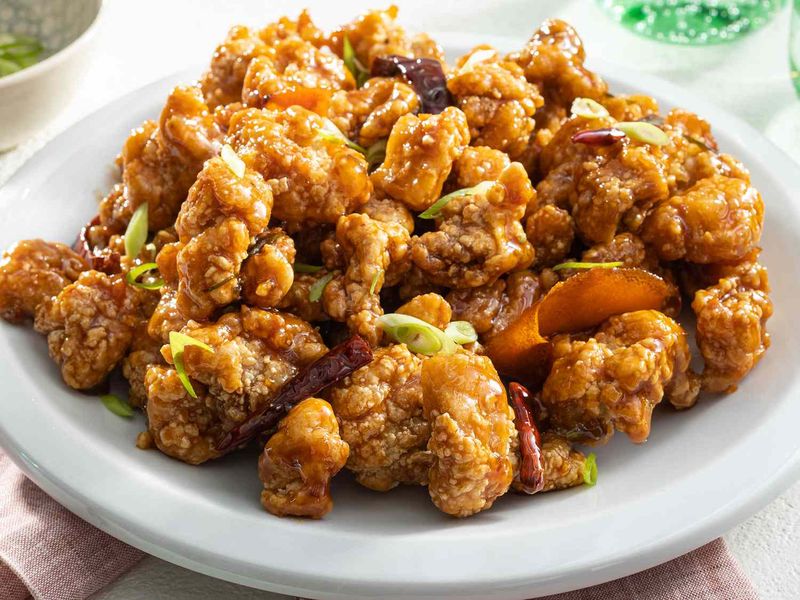
A menu focusing mainly on fried items with few sautéed or fresh vegetables can be a red flag. It suggests unhealthy shortcuts and a lack of balanced options.
Vegetables play a vital role in traditional Chinese cuisine, offering both flavor and nutrition. Their absence might indicate a lack of culinary depth and health consciousness.
Diners looking for a well-rounded meal should expect a balance of textures and flavors, where vegetables complement and enhance the dishes, not merely serve as an afterthought.
9. Sauces That All Taste the Same

When every dish relies on a similar brown, salty sauce, it signals a lack of effort or poor training. Authentic Chinese cuisine celebrates diverse flavors and unique sauces.
Such monotony can indicate a kitchen taking shortcuts rather than crafting distinct and flavorful creations. This approach may lead to an unremarkable dining experience.
For those seeking variety and depth, a restaurant should offer a range of sauces that enhance each dish’s natural flavors, showcasing the chef’s creativity and skill.
10. Microwave in Plain Sight
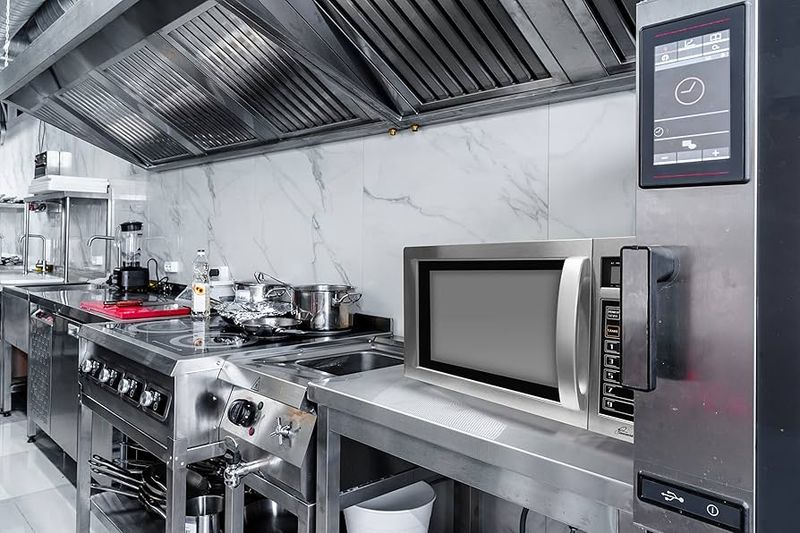
Seeing a microwave used heavily behind the counter is a major red flag. It typically signals pre-made dishes being reheated rather than freshly cooked meals.
Relying on microwaves can compromise the quality, texture, and taste of food. Authentic Chinese cuisine often requires precise cooking methods to develop its signature flavors.
For a truly memorable dining experience, look for signs of traditional cooking tools like woks, which indicate a commitment to preparing each dish with care and expertise.
11. Unusually Low Prices for Seafood

Cheap seafood prices may seem attractive, but they can be a warning sign of low quality or poor sourcing. Seafood farmed in subpar conditions might not only lack flavor but could also be unsafe.
Quality seafood should reflect the effort and standards involved in sourcing it responsibly. Low prices often hint at compromises made to meet costs, leading to a less satisfying meal.
For diners who value quality and sustainability, reasonable pricing can be an indicator of the restaurant’s commitment to serving fresh and responsibly sourced seafood.
12. Sticky Floors or Tables
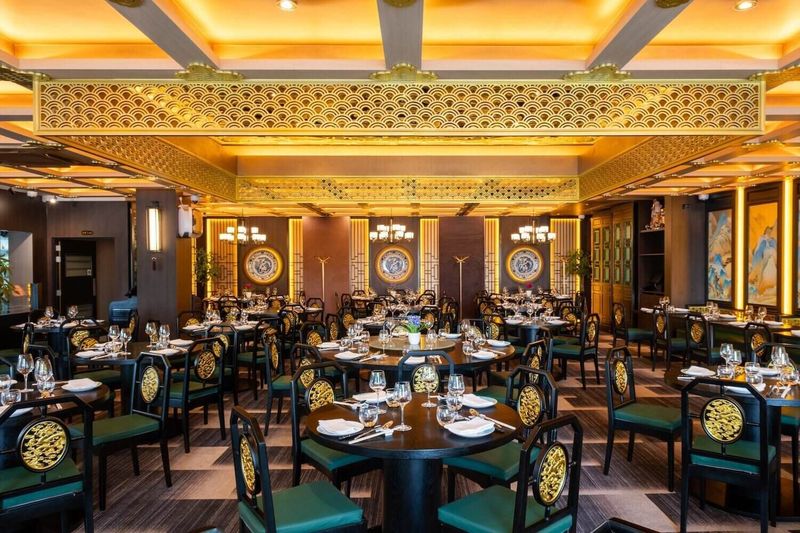
Sticky floors or tables in the dining room can reflect poorly on the restaurant’s overall hygiene. It’s often a sign that cleanliness isn’t a priority.
Such conditions can lead diners to question the kitchen’s cleanliness, as visible neglect in the dining area might indicate deeper issues behind the scenes.
For a pleasant dining experience, cleanliness in both the dining area and kitchen is essential, contributing to both the ambiance and safety of the food served.
13. Pre-filled Water or Tea Cups

Cups that arrive already filled at your table can be a concern. Pre-filling water or tea can compromise hygiene, especially if cups are left standing for long periods.
This practice might suggest a lack of attention to cleanliness standards. It also denies diners the satisfaction of freshly poured beverages, which are often part of the dining experience.
For those who appreciate careful service and hygiene, requesting freshly filled cups can ensure a more sanitary and enjoyable mealtime.
14. Duck with No Crispy Skin
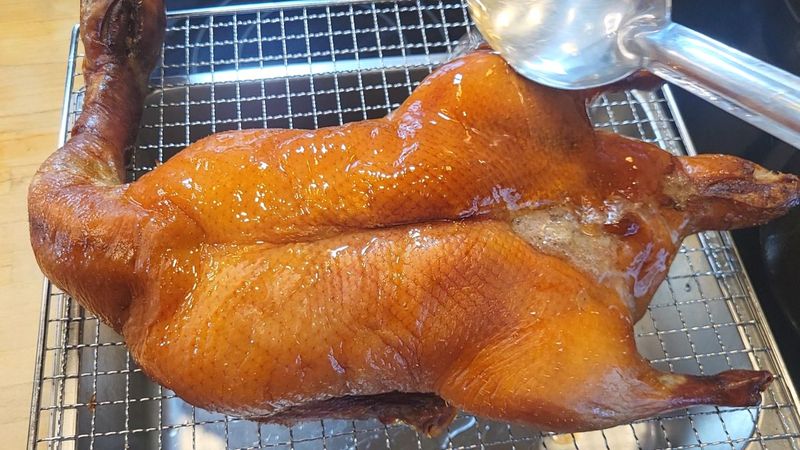
Peking duck or roasted duck should feature crispy, golden skin. If not, it signals improper cooking methods or poor quality control.
The lack of crispy skin can detract from the traditional experience, as this texture is a key characteristic of well-prepared duck. The absence may point to shortcuts or a lack of attention to detail.
For those seeking authentic flavors, crispy skin is not just a preference but an essential element that distinguishes expertly crafted dishes from ordinary ones.
15. Dull or Overcooked Dim Sum
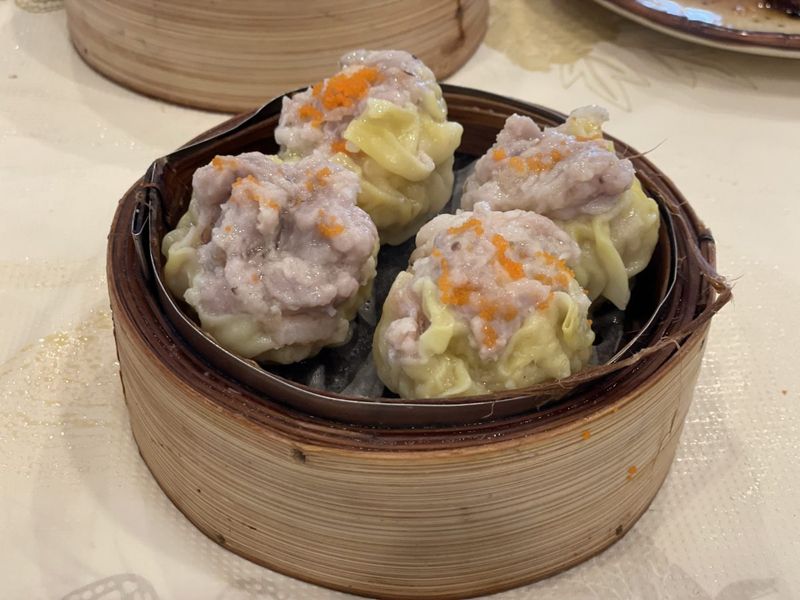
Dim sum should be a celebration of diverse flavors and textures. When dumplings are rubbery or bao is soggy, it suggests poor execution or reliance on frozen ingredients.
Overcooked dim sum lacks the delicate intricacies that make this cuisine so delightful. It can turn a meal into a disappointing experience, devoid of the freshness and finesse expected from skilled chefs.
For those who relish well-prepared dim sum, attention to texture and flavor is paramount, ensuring each bite is a testament to culinary artistry.
16. No Rice Options Other Than Fried Rice

A good Chinese restaurant should offer more than just fried rice. The absence of plain white, jasmine, or sticky rice options can be a red flag.
Rice is a staple in Chinese cuisine, providing a balance to rich and flavorful dishes. A limited selection might suggest a lack of authenticity or understanding of traditional dining practices.
For diners who appreciate varied textures and authenticity, having multiple rice options is a sign of a restaurant’s commitment to offering a genuine culinary experience.
17. Poorly Translated Menus or Errors

Poor translations or errors on a menu don’t directly affect food quality, but they can reflect a lack of attention to detail. This oversight might extend to other areas, such as food preparation.
Menus with clumsy translations can also make it difficult for diners to understand what they’re ordering, leading to confusion and a less enjoyable experience.
For those who value precision and care, a well-translated menu is not just a courtesy but an indicator of the restaurant’s dedication to quality and customer satisfaction.
18. Generic Chinese-American Names Only
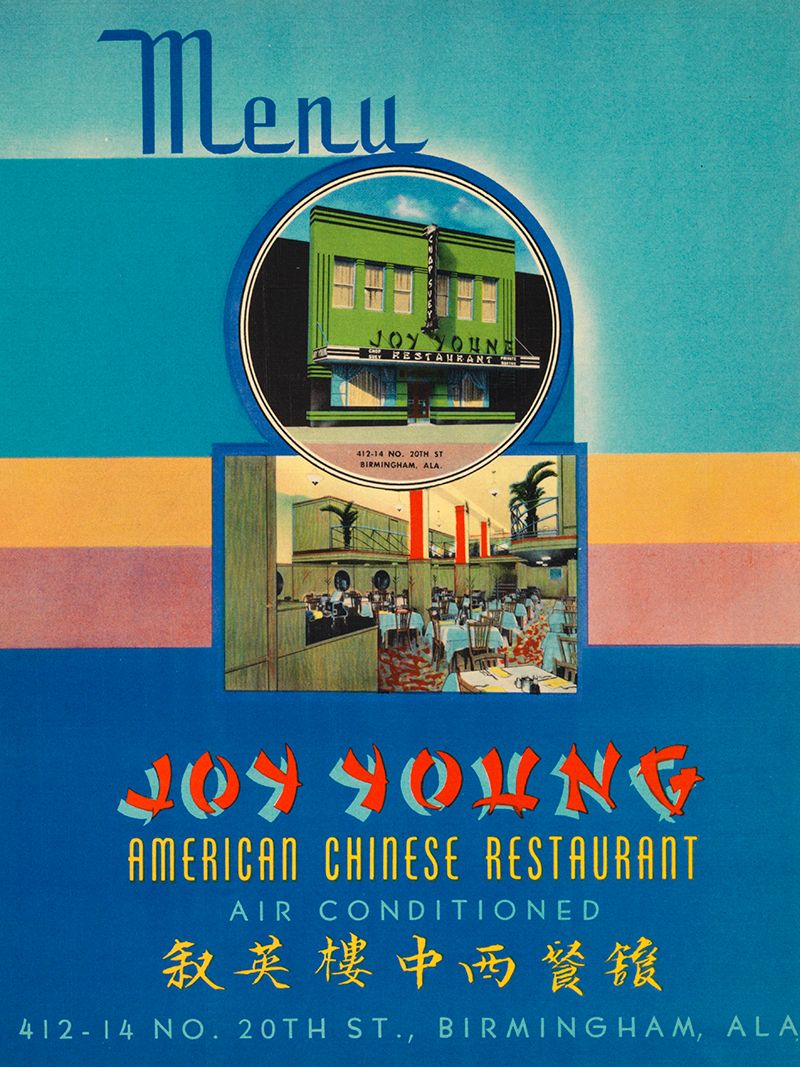
When a menu is filled with generic Chinese-American names, it might lack regional diversity and authenticity. This approach can result in a homogenized dining experience.
Authentic Chinese cuisine is diverse, with distinct flavors and dishes from different regions. A menu dominated by familiar but generic names may suggest a focus on mainstream appeal rather than genuine culinary exploration.
For those seeking an authentic adventure, a menu that reflects the true variety of Chinese cuisine is essential, offering a taste of the nation’s rich culinary heritage.
19. Lack of Chopsticks (When Requested)

If a Chinese restaurant can’t provide chopsticks when asked, it may not be serving a culturally authentic clientele. Chopsticks are more than utensils; they’re integral to the dining experience.
The absence of them might suggest a disconnect from traditional practices, focusing instead on Western dining customs. This can detract from the overall authenticity diners expect.
For an immersive experience, having access to traditional utensils like chopsticks is crucial, allowing diners to engage more fully with the cultural and culinary nuances of the cuisine.
20. No Soy Sauce, Vinegar, or Chili Oil on the Table
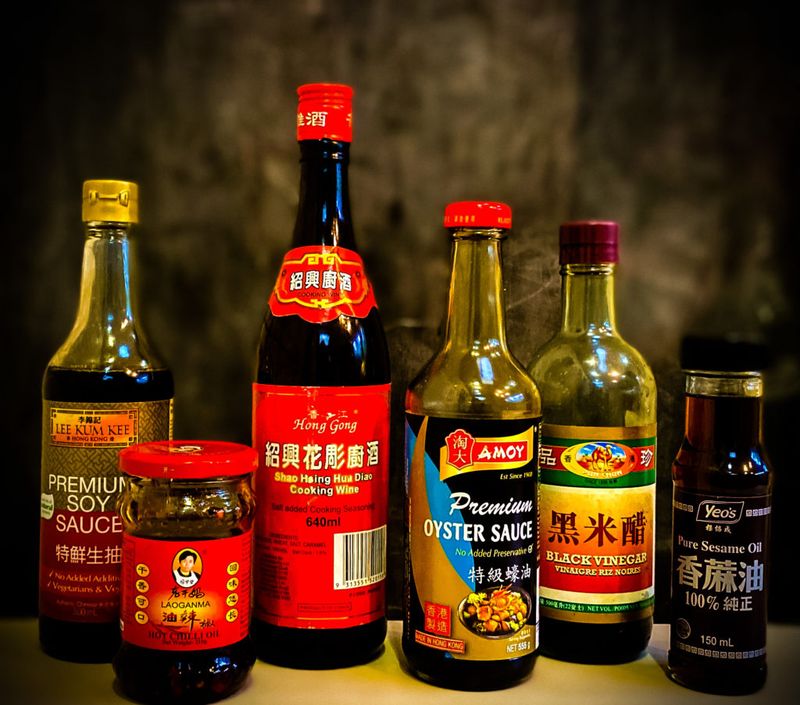
The absence of soy sauce, vinegar, or chili oil on the table can suggest the restaurant doesn’t expect diners to customize their dishes. These condiments are staples in Chinese cuisine.
Without them, diners miss out on the opportunity to enhance flavors and tailor their meals to personal tastes. This lack of offering might reflect a limited understanding of traditional dining culture.
For those who value the flexibility to adapt flavors, having these condiments readily available is a sign of a restaurant’s dedication to providing a complete and authentic dining experience.
